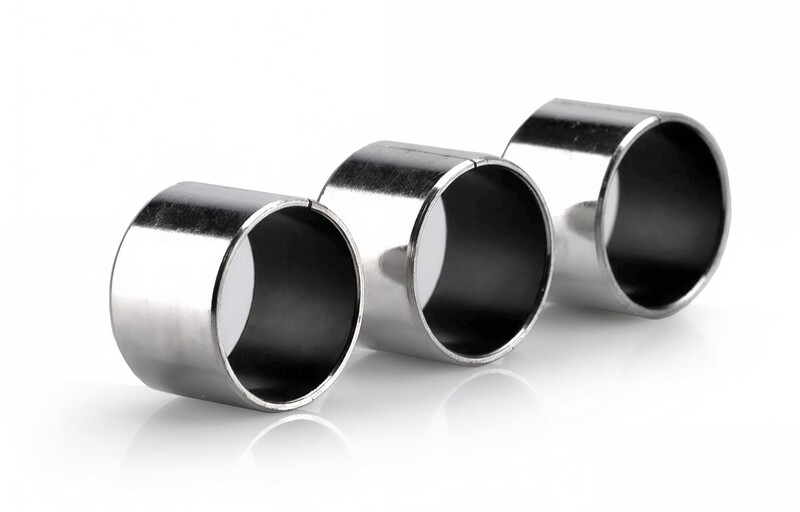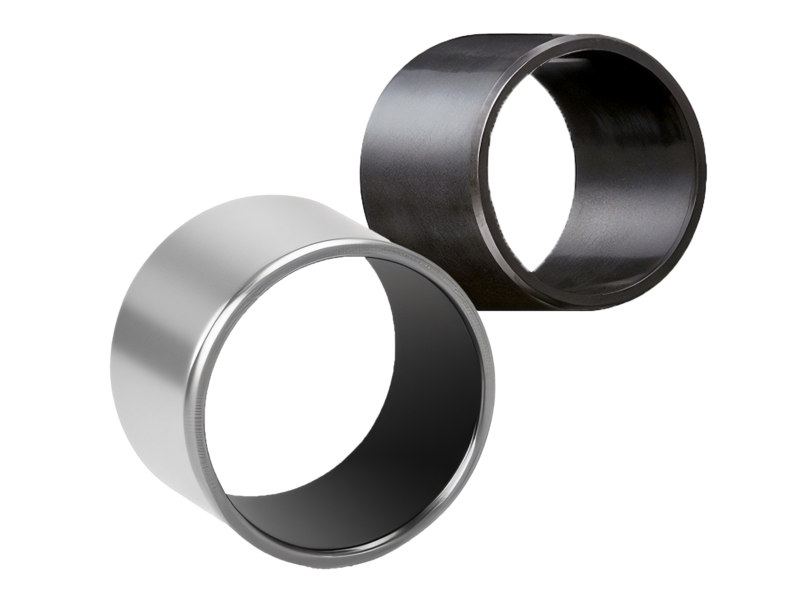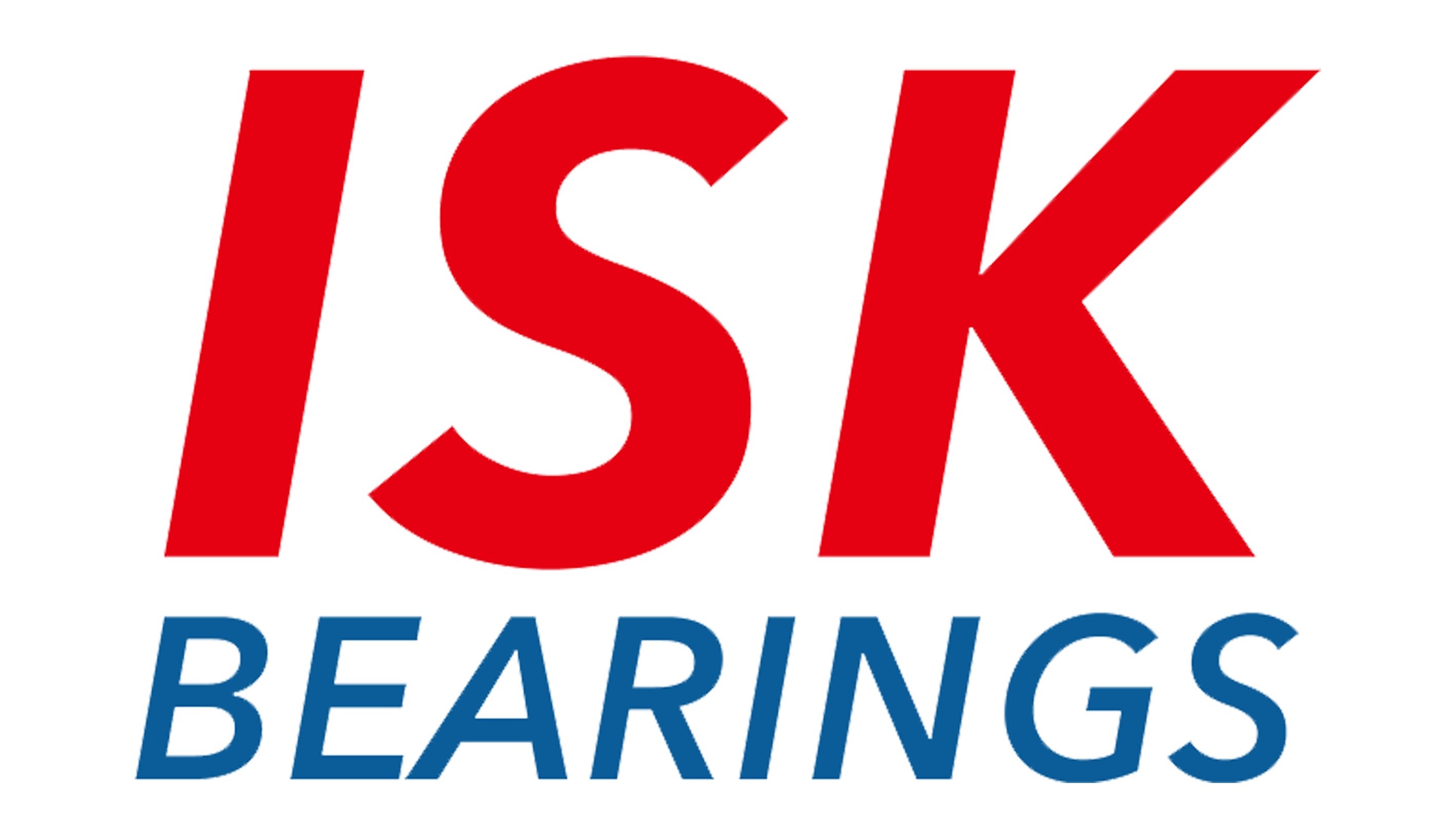Need Support?
Please provide your question. We’ll find you with the best support options.
Table of Content
2. Characteristics of Sleeve Bearings
3. Types of sleeve bearings include
.jpg)
A sleeve bearing, also known as a plain bearing or bushing, is a mechanical component used to support a rotating shaft and reduce friction. It is typically made of metal, plastic, or other wear-resistant materials and is installed between the rotating shaft and the stationary part of the mechanical equipment. The primary function of a sleeve bearing is to ensure smooth operation of the shaft, reduce friction, and extend the lifespan of the equipment.

It is typically made of metal, plastic, or other wear-resistant materials and is installed between the rotating shaft and the stationary part of the mechanical equipment. The primary function of a sleeve bearing is to ensure the smooth operation of the shaft, reduce friction, and extend the lifespan of the equipment.
.jpg)
The structure of sleeve bearings is typically very simple, resembling a hollow cylindrical shape with thin walls, similar in appearance to the sleeve of a garment. This straightforward design results in lower manufacturing costs and ease of installation and maintenance.
Sleeve bearings are suitable for rotary, reciprocating, and linear motion. However, plain cylindrical sleeve bearings can only support radial loads.
Steel sleeve bearings are typically made from high carbon steel or alloy steel, offering high strength and wear resistance, suitable for applications with high loads and speeds.
Bronze sleeve bearings feature excellent wear resistance and corrosion resistance, suitable for moderate loads and speeds, especially performing well in humid or corrosive environments.
Plastic sleeve bearings are typically made from materials such as polytetrafluoroethylene (PTFE) or polyamide (PA), offering a low friction coefficient and excellent chemical resistance. They are suitable for light loads and moderate-speed applications.
Composite material sleeve bearings are composed of multiple materials, combining the advantages of metals and plastics. They exhibit excellent wear resistance and self-lubricating properties, making them suitable for various load and speed applications.
 Selecting the right sleeve bearings involves considering the following factors:
Selecting the right sleeve bearings involves considering the following factors:
Proper maintenance is crucial for extending the lifespan of sleeve bearings. This includes regular lubrication, inspecting wear patterns, and promptly replacing damaged sleeve bearings.
Sleeve bearings are critical components in mechanical equipment, essential for ensuring smooth operation and extending lifespan. By selecting appropriate materials and types of sleeve bearings, and conducting proper maintenance, performance and reliability of mechanical equipment can be significantly enhanced. Sleeve bearings play a crucial role in various fields such as industrial, automotive, household appliances, and agriculture, making them indispensable components of modern machinery.
| Characteristics | Sleeve Bearings | Ball Bearings |
|---|---|---|
| Structure | Made of thin-walled hollow cylinders, without rolling elements | Include inner race, outer race, rolling elements (balls), and cage |
| Operating Principle | Utilize a lubricant film between the shaft and bearing to reduce friction | Reduce friction by rolling balls between the inner and outer races |
| Applications | Suitable for light to moderate load and speed applications, such as small electric motors, fans, etc. | Ideal for high-load and high-speed applications, such as automotive, machine tools, etc. |
| Advantages | Simple structure, low cost, easy maintenance; some applications offer self-lubricating properties | Strong load-bearing capacity, suitable for high-speed operation; low friction coefficient, high operational precision |
| Disadvantages | Limited load and speed capabilities; requires periodic lubrication | Complex structure, higher cost; requires precise selection and installation |
Sleeve bearings and ball bearings differ significantly in structure, operating principles, application scenarios, and performance. The choice between these bearings depends on specific application requirements such as load, speed, precision, and cost factors.
If you're unsure about which bearing to choose, it's advisable to consult with a professional engineer or bearing supplier to ensure your equipment achieves optimal performance and longevity.
 Three Assurances
Three Assurances"Quality, integrity, and service" are the three guarantees of ISK.
 Extended Reading: Bearing Bushing Basics
Extended Reading: Bearing Bushing Basics
 Extended Reading: Taking You through the Principles and Specifications of Bushing Bearings
Extended Reading: Taking You through the Principles and Specifications of Bushing Bearings
Discover more about the features and applications of various bearings.
Click here to explore more articles and find the perfect bearing for your project.
Needle Bearings (Roller Bearings) are a type of bearing that performs exceptionally well at high speeds. Their rollers are precisely guided by specially shaped, high-rigidity cages with minimal dimensional error. Despite their small cross-section, needle bearings...
How Do Ball Bearings Work? Bearings are often small and unassuming components in a product, yet they are crucial for its proper functioning. Without bearings, many products would fail to operate effectively. But do you know how ball bearings...
Please provide your question. We’ll find you with the best support options.